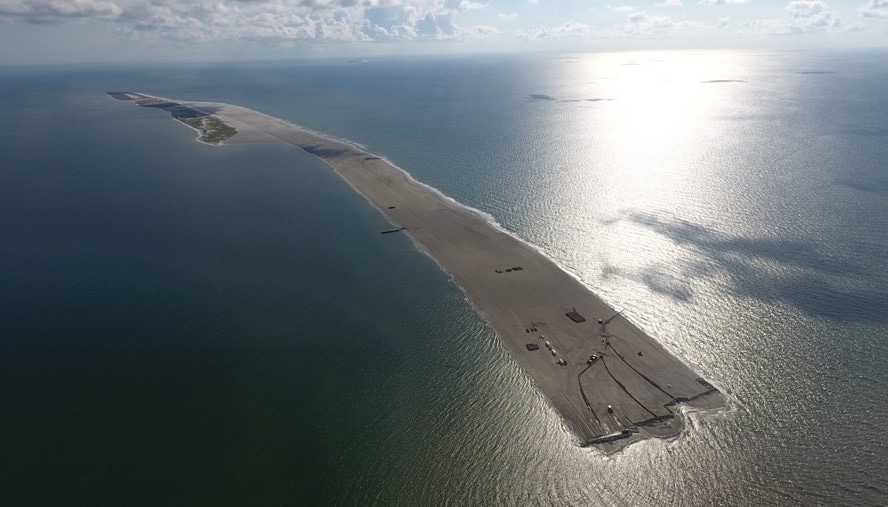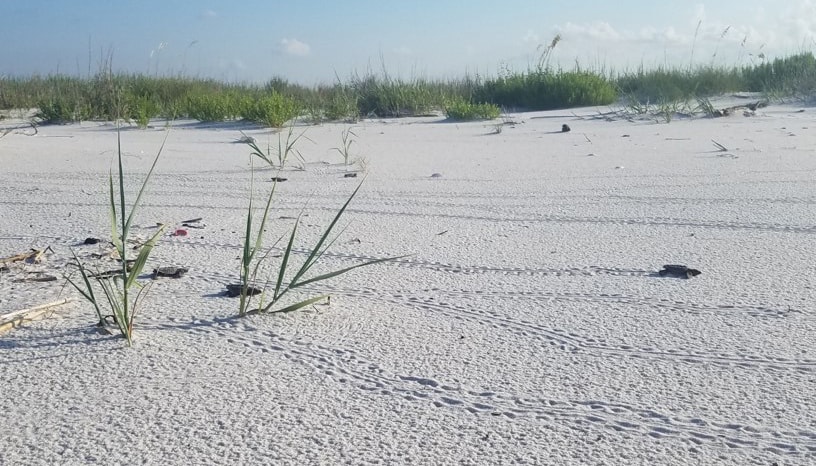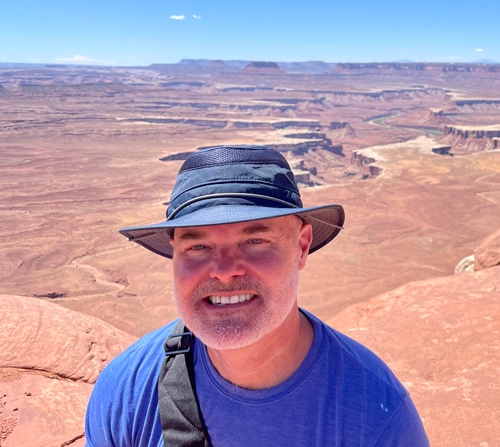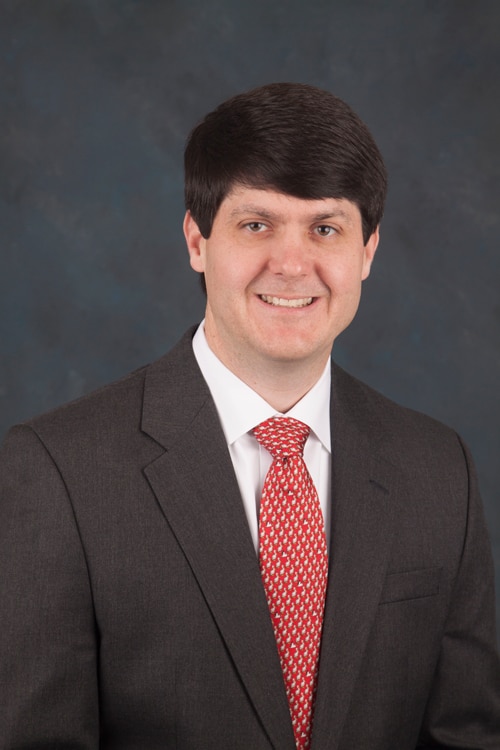As the world emerges from the COVID 19 pandemic, infrastructure will play a key role in helping economies around the world recover. The World Economic Forum estimates $100 trillion dollars will be committed to infrastructure projects worldwide in the next thirty years. In Season 2 of the Engineering With Nature® Podcast, we’ll explore the important role EWN will play in expanding and diversifying the value of that infrastructure.
Season 2 kicks off with an announcement by Dr. Todd Bridges, Senior Research Scientist for Environmental Science with the US Army Corps of Engineers and national lead for Engineering With Nature®. Mobile District is joining EWN as the fourth EWN Proving Ground. As Todd notes, Mobile District has been doing Engineering With Nature before it was called that. He introduces our guests, Justin McDonald, Coastal Resiliency Program Manager, and Elizabeth Godsey, Coastal Engineering Technical lead, as “EWN superstars.”
Over the past two decades, Mobile District’s innovative technical teams have worked collaboratively with sister agencies in state and federal government and with people who live in the communities where the work is being done. These collaborations are creating impressive solutions, including innovative work to protect and restore barrier islands. Justin and Elizabeth believe becoming an EWN Proving Ground is a great opportunity to share lessons learned and to showcase the work Mobile District has been doing with their partners in Mississippi, Alabama, and the Florida Panhandle.
In Episode 1 we discuss two large-scale island-restoration projects that demonstrate the power of collaboration and cutting-edge science and engineering. Deer Island is a multi-phase initiative where beneficial use of dredged sediment is being used to repair and restore the island and to create marsh habitat. Restoration of the southern shoreline used dredged sediment from the navigation channel to create marsh habitat and a recreational area for local kayakers—a cost-effective beneficial use of the dredged sediment that produced significant environmental and social benefits.
Work on the southeastern end of Deer Island will create another 400 acres of emergent island. The Deer Island restoration projects are also helping to ensure that the coastal resilience benefits provided by the island, with respect to coastal storms, are sustained into the future.
Justin and Elizabeth share Mobile District’s work at Ship Island—another critical barrier island—which had a 3.5-mile-wide breach from hurricanes Camille and Katrina. The team and their construction partners placed nearly 19 million cubic yards of sand to restore the islands and the sediment transport system. Justin talks about the importance of sourcing the right size and color of sand to support sea turtle nesting. Experts from a number of agencies collaborated to make this effort successful.
Coastal islands are important natural features that protect the mainland and provide multiple benefits to coastal systems and communities. As Elizabeth discusses, “These islands serve as our frontline of defense. We have a diverse coastline that encompasses more than 375 miles of shoreline from the St. Mark’s River in Florida at the east all the way to the Pearl River in Mississippi. It was important to start looking at a system-wide approach.”


Mobile District has a long history and impressive experience working collaboratively to develop innovative solutions to restore critical barrier islands. Todd emphasized that “collaboration is a multisector need and requirement for success. It’s government working across government; it’s government working with the private sector and with industry. It’s all of us working with the nonprofit sector and everybody working with communities to deliver projects that they need. It takes all of us working together.”








